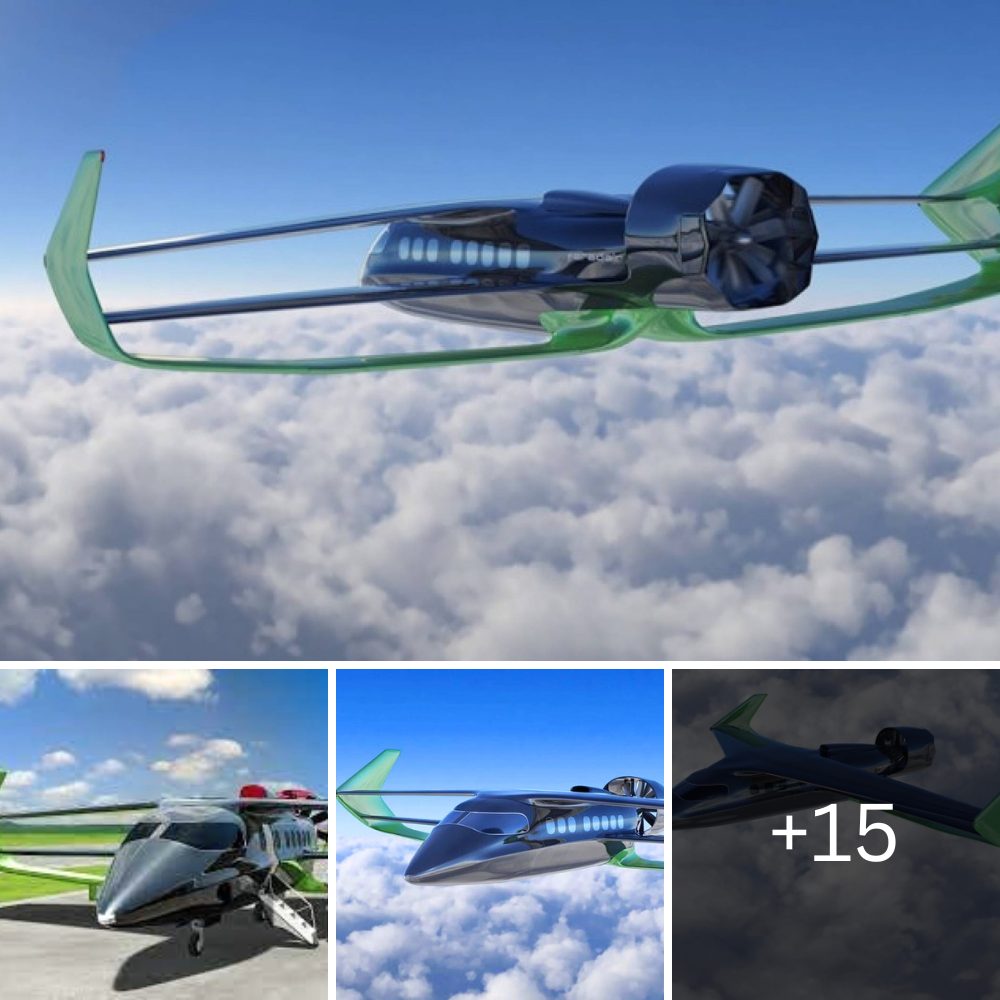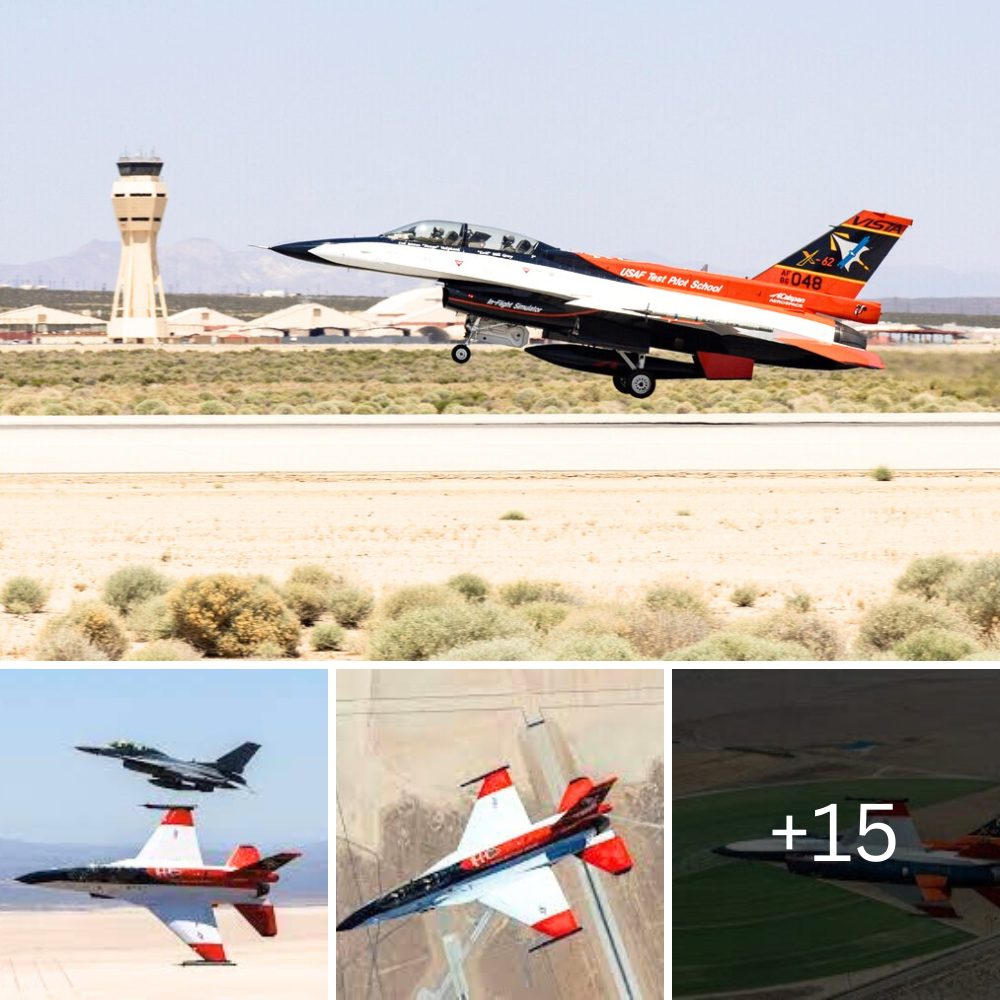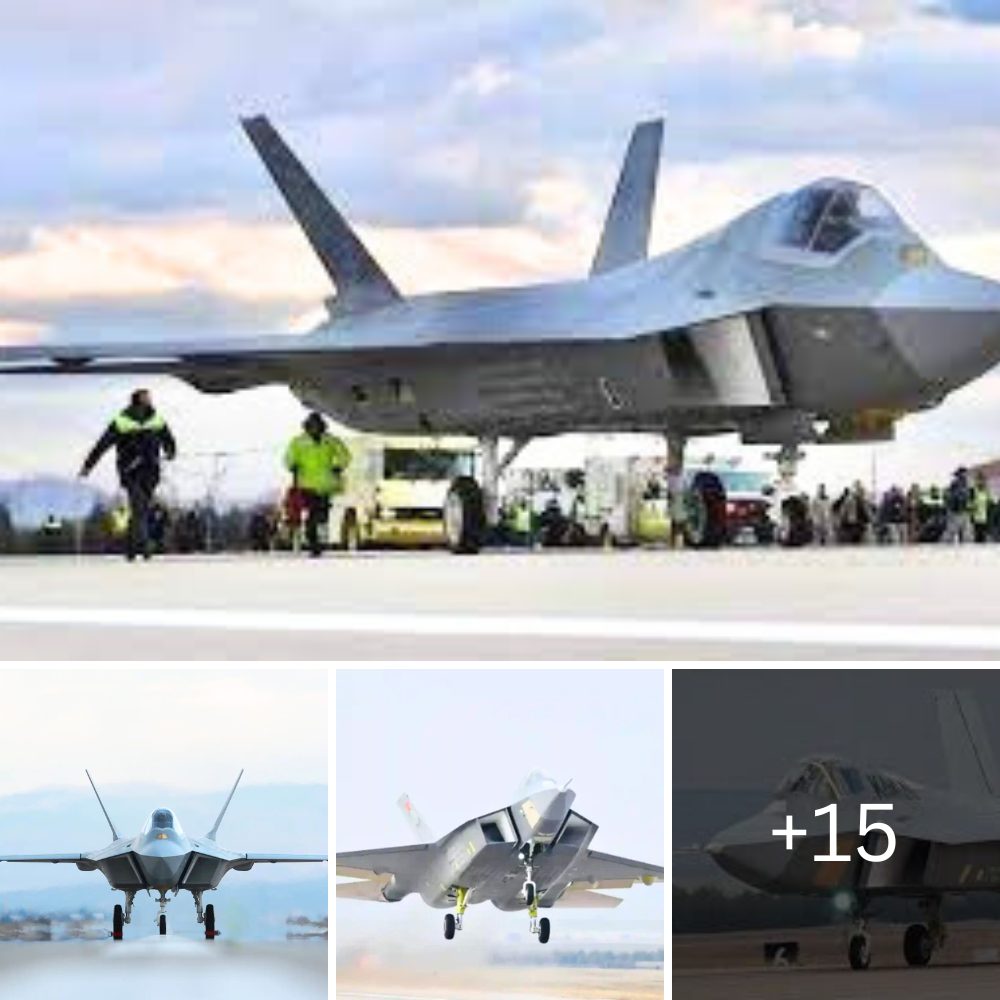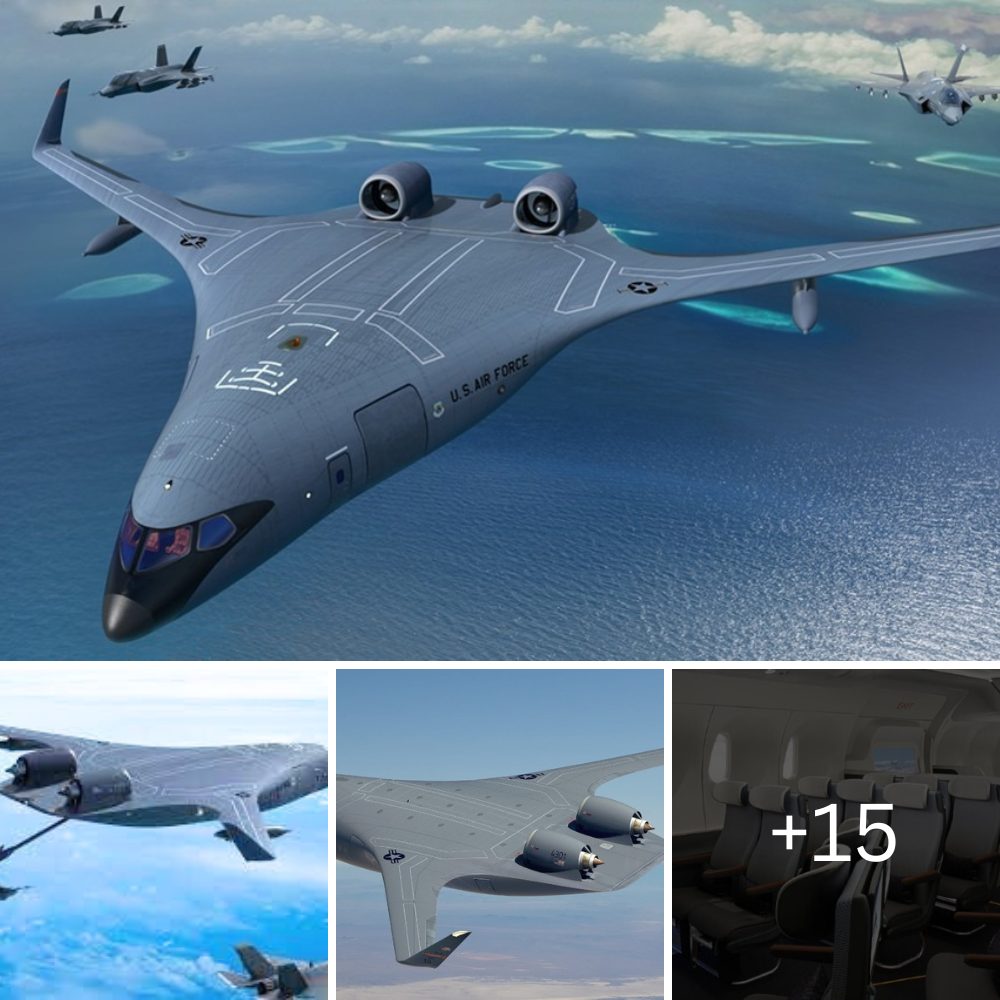The U.S. Defense Advanced Research Projects Agency (DARPA) has chosen nine companies to produce initial operational system and demonstration system conceptual designs for a vertical takeoff and landing (VTOL) unmanned aerial system (UAS) that can be deployed and retrieved without the need for large mechanical launchers and landing/recovery equipment used today. The Advanced Aircraft Infrastructure-Less Launch And Recovery program, nicknamed ANCILLARY, ultimately aims to flight demonstrate innovative aircraft configurations and critical technologies needed for a low-weight, large-payload, long-endurance VTOL unmanned X-plane.

The objectives of the program are to develop a small UAS that takes off and lands vertically, like a helicopter, and flies its missions like a very efficient winged aircraft, all while carrying a significant amount of payload for a variety of missions. We are looking for a VTOL UAS that can operate from ship flight decks and small, out-of-the-way land locations in most weather conditions without using typical launch and recovery equipment that is needed for current long-endurance, high payload weight aircraft. The major challenge is developing an integrated flight vehicle that meets the hard objective of combining VTOL, long endurance, and large payload while also meeting requirements for shipboard storage and operations,” said Steve Komadina, the DARPA program manager for ANCILLARY.

AeroVironment, AVX Aircraft, Griffon Aerospace, Karem Aircraft, Leidos, Method Aeropautics, Northrop Grumman, Piasecki Aircraft, and Sikorsky will develop VTOL UAS designs, with Navy and Marine missions in mind, during the six-month Phase Ia. Teams will then submit competitive proposals for more detailed X-plane design work. ANCILLARY aims to solve a combination of challenging design objectives by bringing together technology developments in advanced VTOL aircraft configurations, advanced propulsion architectures, and advanced control effectors/theory from traditional and non-traditional industry companies. The project is expected to culminate with X-plane flight tests in early 2026.

The U.S. Defense Advanced Research Projects Agency (DARPA) is a research and development agency of the United States Department of Defense responsible for the development of emerging technologies for use by the military. Originally known as the Advanced Research Projects Agency (ARPA), the agency was created on February 7, 1958, by President Dwight D. Eisenhower in response to the Soviet launching of Sputnik 1 in 1957. By collaborating with academia, industry, and government partners, DARPA formulates and executes research and development projects to expand the frontiers of technology and science, often beyond immediate U.S. military requirements.










